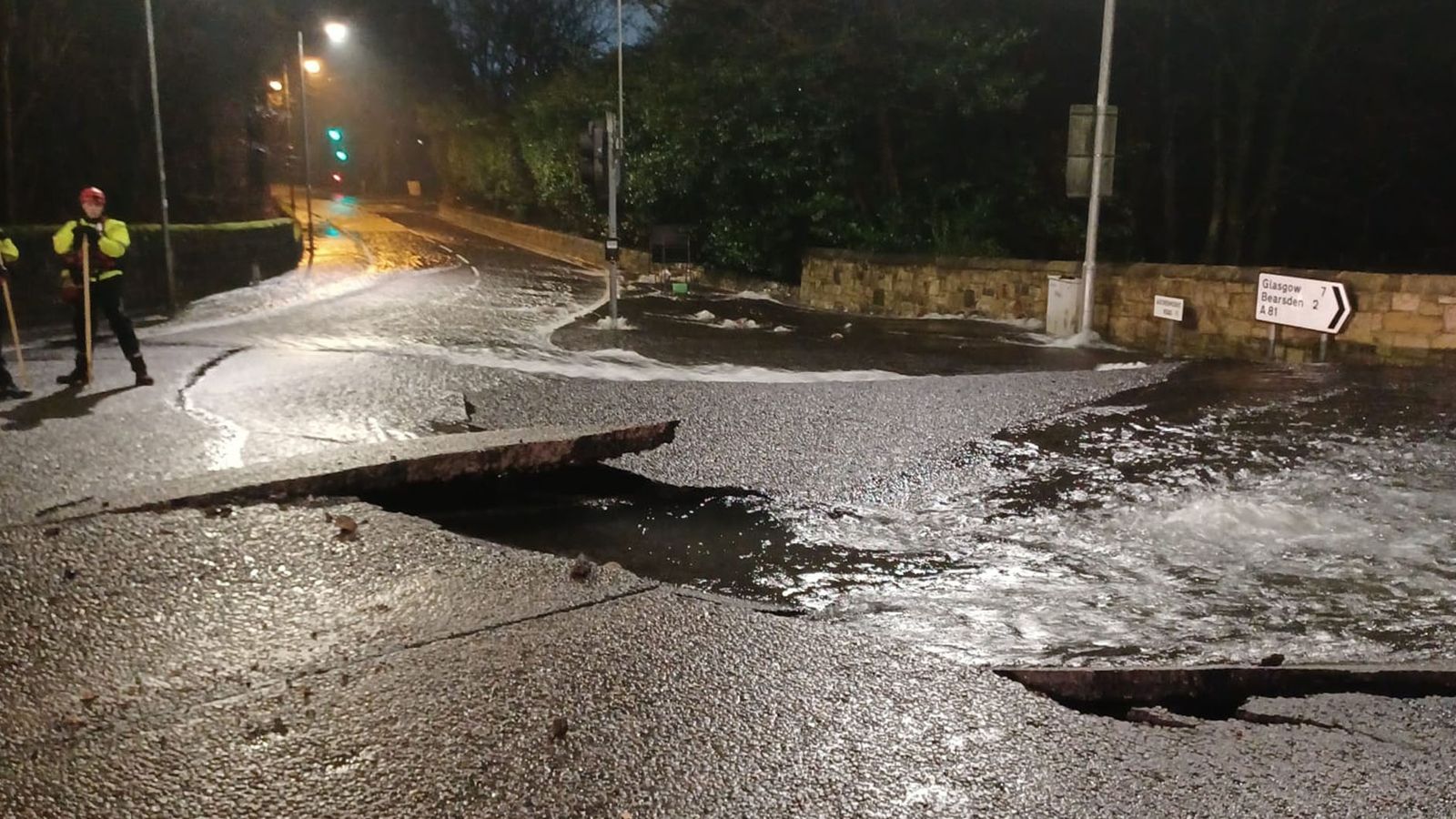Winter Plumbing Woes: Unfreezing Your Pipes Winter can be a magical time, with snow-covered landscapes and cozy nights by the...
plumbing emergencies
Emergency Fix for Burst Water Pipe: Quick Solutions to Prevent Damage Detecting the Issue When you're hit with a burst...






